
CE Certification for Hand-Held Power Tools
Hand-held power tools are frequently used in both daily life and professional work. Common examples include electric drills, impact drills, rotary hammers, demolition hammers, angle grinders, vertical grinders, circULar saws, electric shears, nibblers, reciprocating saws, and more.
The European Union places significant emphasis on the safety of these tools. Therefore, before entering the EU market, hand-held power tools must obtain CE certification—a mandatory requirement set by the EU.
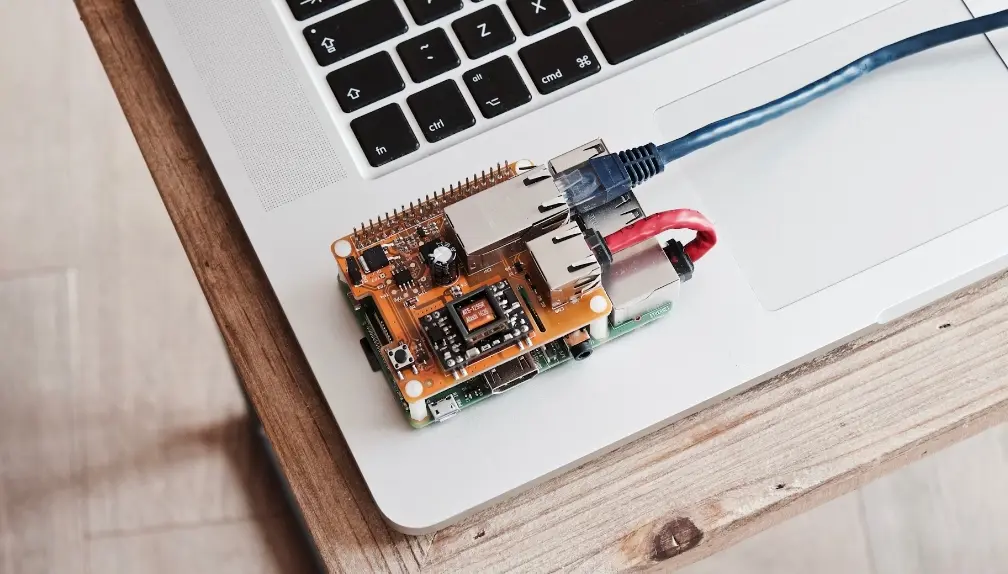
Applicable CE Directives for Hand-Held Power Tools
Hand-held power tools fall under the following CE directives:
- Machinery Directive (MD)
- Electromagnetic Compatibility Directive (EMC)
The Machinery Directive classifies tools into two main categories: dangerous machinery and ordinary machinery. These categories undergo different certification processes, making it essential for exporters to determine whether their products fall under dangerous machinery or not.
How to Distinguish Between Dangerous and Ordinary Machinery?
Tools categorized as dangerous machinery include:
1. Hand-held Tools:
- Hand-held circular saws
- Hand-held chainsaws
2. Transportable Tools:
- Circular saws
- Surface planers and thicknessers
- Band saws
- Tenoning machines
- Single spindle vertical moulders
For these tools, the manufacturer or their authorized representative in the EU must:
- Conduct conformity assessment
- Submit technical documentation to a Notified Body
- Verify the correct application of standards or conduct an EC-type examination
All other hand-held power tools not listed above are consideRED ordinary machinery. However, some tools under the dangerous category must also comply with:
- Noise Emission Directive
- low voltage directive (LVD)
Compliance with noise limits is mandatory, and specific requirements depend on the type of tool.
Reference Standards for CE Certification of Hand-Held Power Tools
The following EN standards are typically referenced for CE certification:
- EN 60745-1: General safety requirements for hand-held motor-operated electric tools
### Specific Tool Standards:
- EN 60745-2-1: Drills and impact drills
- EN 60745-2-2: Screwdrivers and impact wrenches
- EN 60745-2-3: Grinders, polishers, and disc-type sanders
- EN 60745-2-4: Other than disc-type sanders and polishers
- EN 60745-2-5: Circular saws
- EN 60745-2-6: Hammers
- EN 60745-2-7: Spray guns for non-combustible liquids
- EN 60745-2-8: Shears and nibblers
- EN 60745-2-9: Tappers
- EN 60745-2-11: Reciprocating saws (jig and sabre saws)
- EN 60745-2-12: Concrete vibrators
- EN 60745-2-13: Chain saws
- EN 60745-2-14: Planers
- EN 60745-2-15: Hedge trimmers
- EN 60745-2-16: Tackers
- EN 60745-2-17: Routers and trimmers
- EN 60745-2-18: Strapping tools
- EN 60745-2-19: Jointers
- EN 60745-2-20: Band saws
- EN 60745-2-21: Drain cleaners
- EN 60745-2-22: Cut-off machines
- EN 60745-2-23: Die grinders and small rotary tools
### EMC-Related Standards:
- en 61000-3-2: Limits for harmonic current emissions (input current ≤16 A per phase)
- EN 61000-3-3: Limits on voltage fluctuations and flicker
- EN 55014-1: EMC requirements for household appliances, electric tools, and similar apparatus
- EN 55014-2: EMC immunity requirements for household appliances and electric tools
> Note: The final CE certification standards should be confirmed by a qualified engineer based on product specifications.
---
## 3. ce certification process for Hand-Held Power Tools
1. Project Application
Submit an application for CE certification.
2. Document Preparation
Prepare relevant documentation and samples according to CE requirements.
3. Product Assessment
Perform necessary testing, evaluation, and audit in line with CE standards.
4. Report Compilation
Certification engineers compile a technical report based on audit findings.
5. Submission for Review
Submit the complete technical documentation to a Notified Body for review.
6. Issuance of Certificate
Upon successful review, the EU Notified Body issues the ce certificate.
---
Email:hello@jjrlab.com
Write your message here and send it to us
 What are ASTM F963 and CPSIA?
What are ASTM F963 and CPSIA?
 Comparison of ASTM F963 and EN 71
Comparison of ASTM F963 and EN 71
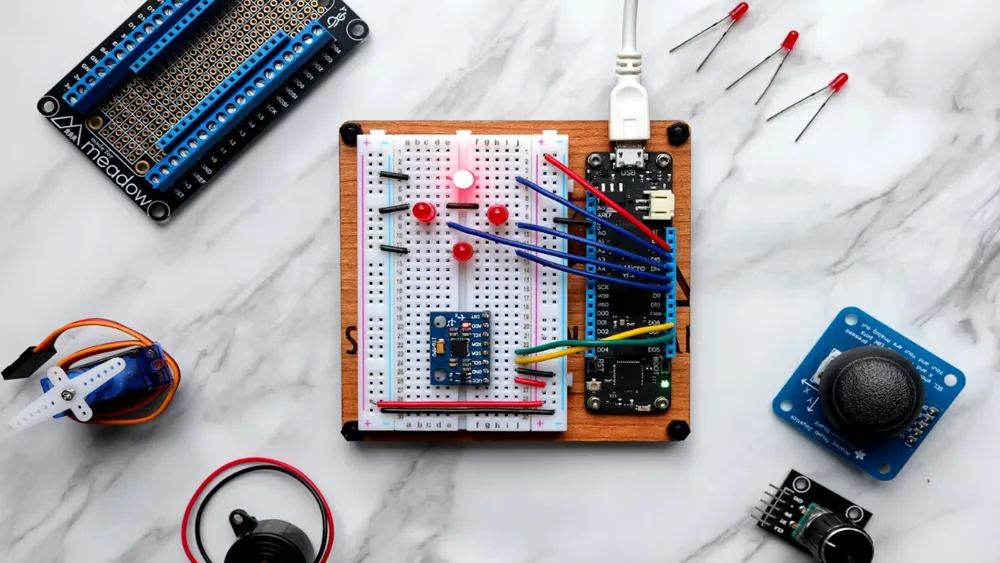 How to get CSA C22.2 NO.256:14 Test Report?
How to get CSA C22.2 NO.256:14 Test Report?
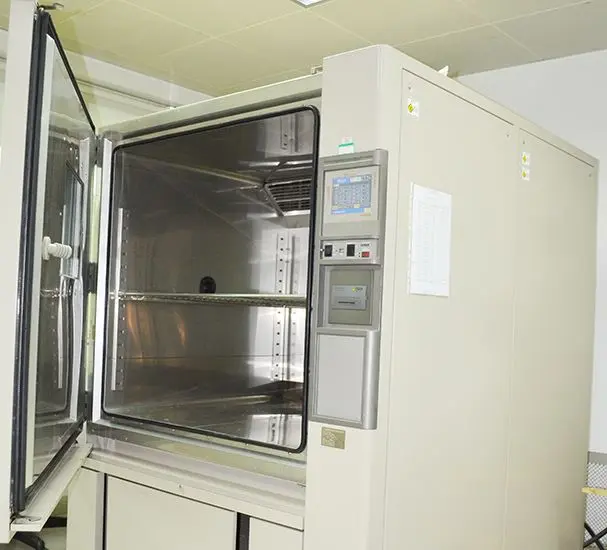 How much is the ISTA Amazon Packaging & Shippi
How much is the ISTA Amazon Packaging & Shippi
 Amazon Product Laboratory Testing Requirements
Amazon Product Laboratory Testing Requirements
 How to Get EPA Certificatio
How to Get EPA Certificatio
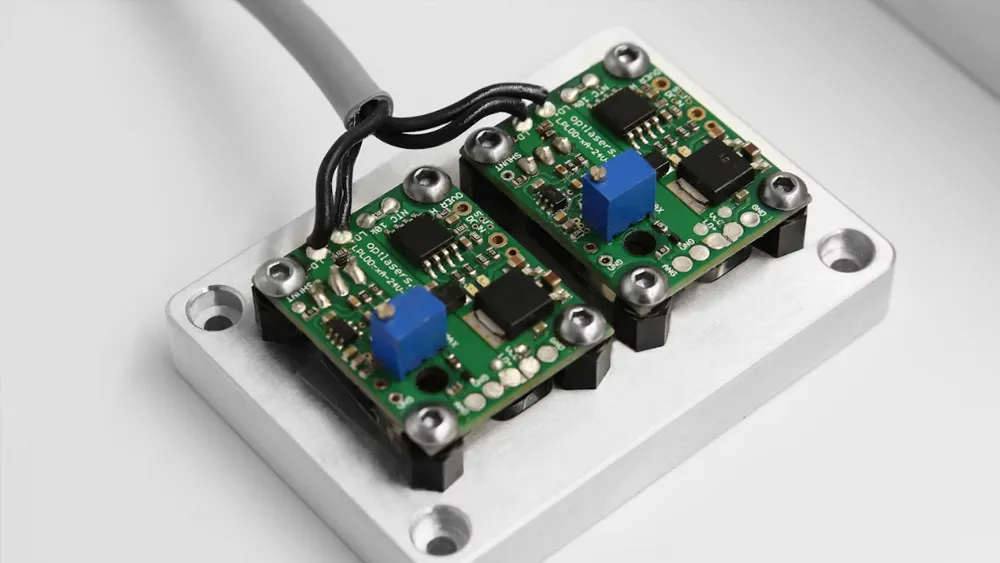 What is EPA Certification in the United States?
What is EPA Certification in the United States?
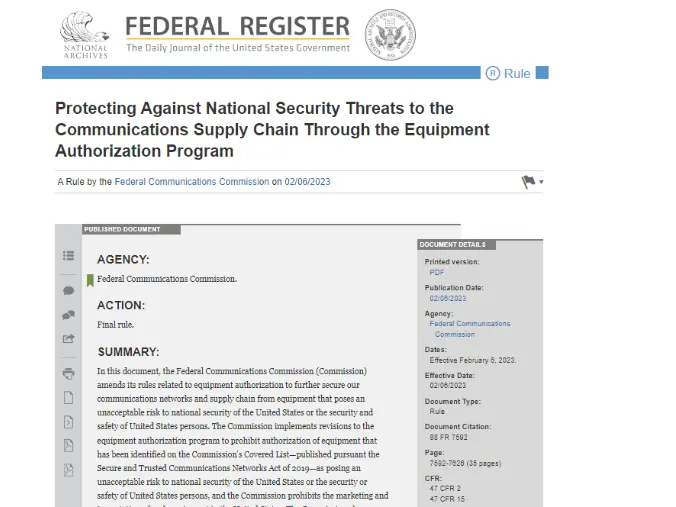 What is an FCC Registered Agent?
What is an FCC Registered Agent?
Leave us a message
24-hour online customer service at any time to respond, so that you worry!




